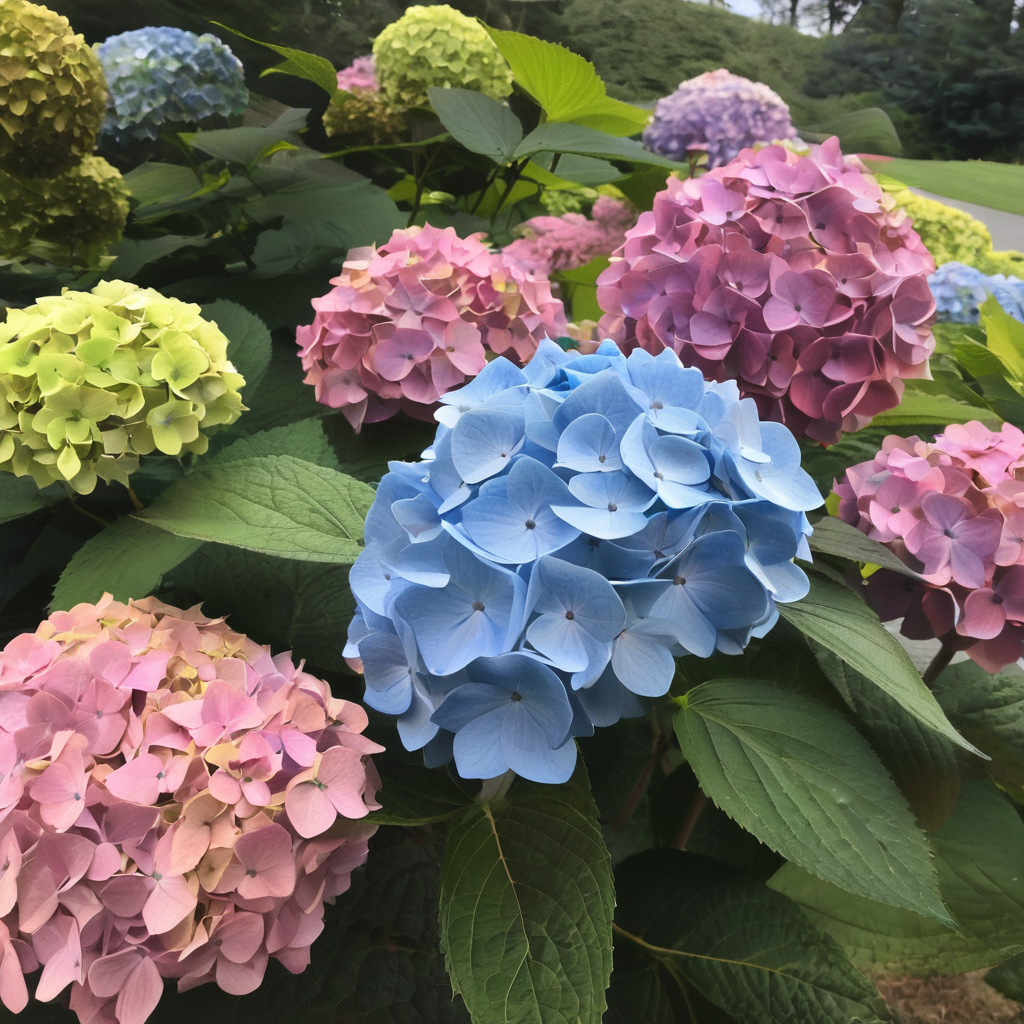Hydrangeas are beloved garden flowers known for their large, showy blooms that come in a variety of colors. Coming across a wilting or declining hydrangea can be disappointing, but it’s important to be able to identify the signs that one is dying versus just temporarily struggling.
By learning how to tell if a hydrangea is truly on its way out versus needing some TLC, you can save ones that are still salvageable.
How Do You Know Hydrangea Dying?
Dropping Leaves
The first sign is often wilted or drooping leaves. Hydrangeas keep their leaves perky and upright when healthy, but they will start to droop when the plant is struggling. However, drooping alone does not necessarily mean the plant is dying; it could just need water. You’ll want to check the soil before assuming the worst.
If the top few inches of soil are dry, the plant is likely just thirsty. Give it a deep watering and see if the leaves perk back up within a day or two.
Leaves Drooping or Turning Yellow
If the leaves remain drooped and start to yellow or brown at the edges even after watering, this is a more serious problem. The yellowing and browning are signs that nutrients are becoming depleted in the soil. Hydrangeas need nutrient-rich, well-draining soil to thrive. If this has been depleted over time, the plant will slowly decline.
At this point, it’s a good idea to dig up the hydrangea and check the root ball. Healthy roots will be thick and white. Thin, brown, or rotting roots indicate the plant is struggling to absorb water and nutrients from the soil. This level of root damage may be too severe to recover from.
Check out Stems
Take a look at the stems as well. Are they still green and plump, or have they started to shrivel and thin out? Thin, brown stems cannot transport enough water and nutrients throughout the plant.
You may also notice some stems snapping easily—another sign of internal damage. If more than a few stems appear this way, it’s likely the plant does not have the strength to fully recover. However, if it’s just one or two stems, pruning them off could allow the rest of the plant to put its energy into recovering.
Look out for Brown or Black Spots
Pay attention to any discoloration on the leaves as well. Brown or black spots indicate disease or a fungal infection. These issues can spread throughout the plant and be difficult to recover from.
Small spots may be manageable with fungicide treatment, but an entire leaf coated in spots is a serious problem. Yellowing between the veins is also a bad sign, as that discoloration is caused by pathogens in the soil rather than a nutrient problem. Fungal and bacterial diseases often kill hydrangeas that are already weakened.
Inspect the Flowers
Now look at the flowers. Are they still their vibrant colors, or have they started to fade? Flowers that are losing their pigment before fully wilting likely won’t rebloom that season. The plant is expending its last reserves. You may also notice some flowers wilting and dropping off while others are still intact.
This “melting out” from the inside of the flower head is a sign of disease. It’s often caused by botrytis, which thrives in humid conditions and spreads quickly. By the time you notice melting, the infection is usually too far advanced to stop.
Pay attention to the overall vigor and structure of the plant as well. A hydrangea that is lanky and leggy has lost turgor pressure – the ability to stand upright due to healthy cell structure. The stems may even be easily bendable. This indicates serious internal damage from lack of water or nutrients over time.
Even if you revive top growth, the weak structure means it likely won’t survive winter or another stressful period. Look also at bud formation for the next season. Healthy plants set strong terminal buds high on the stems late in the season. Buds that are small and low on weak new growth are a bad sign.
If, after examining the entire plant, more than a few stems or leaves are displaying these serious signs, it’s likely the hydrangea is just too far gone to save. The best option is to remove it carefully to avoid spreading any potential disease. If most of the plant still looks good aside from a stem or two, it’s worth trying to revive it with some TLC. Dig it up, trim off any obviously dead or diseased parts, and replant it in fresh soil amended with compost.
Give it optimal care with consistent watering and fertilizer to aid recovery. Monitor it closely – if issues persist, it may be kinder to the plant to remove it before winter sets in. With quick identification of problems and correct treatment, you can often save a struggling hydrangea.
Related Article: 7 Easy Steps to Revive Dying Hydrangea
